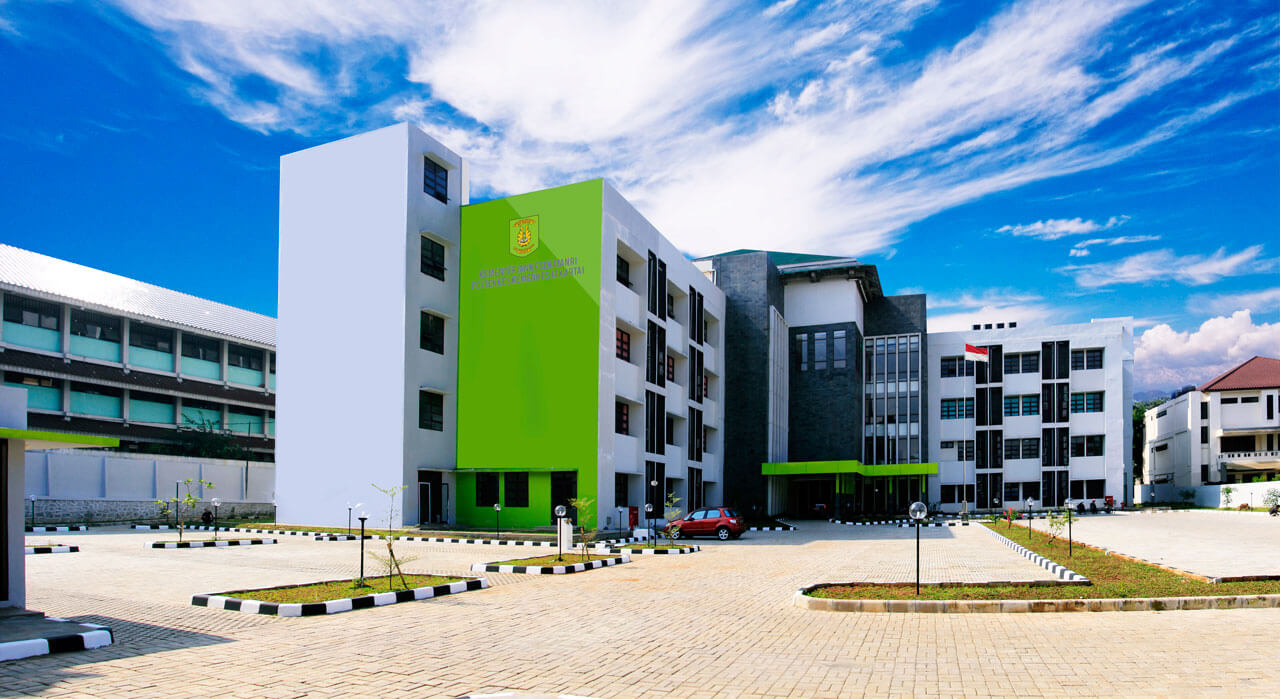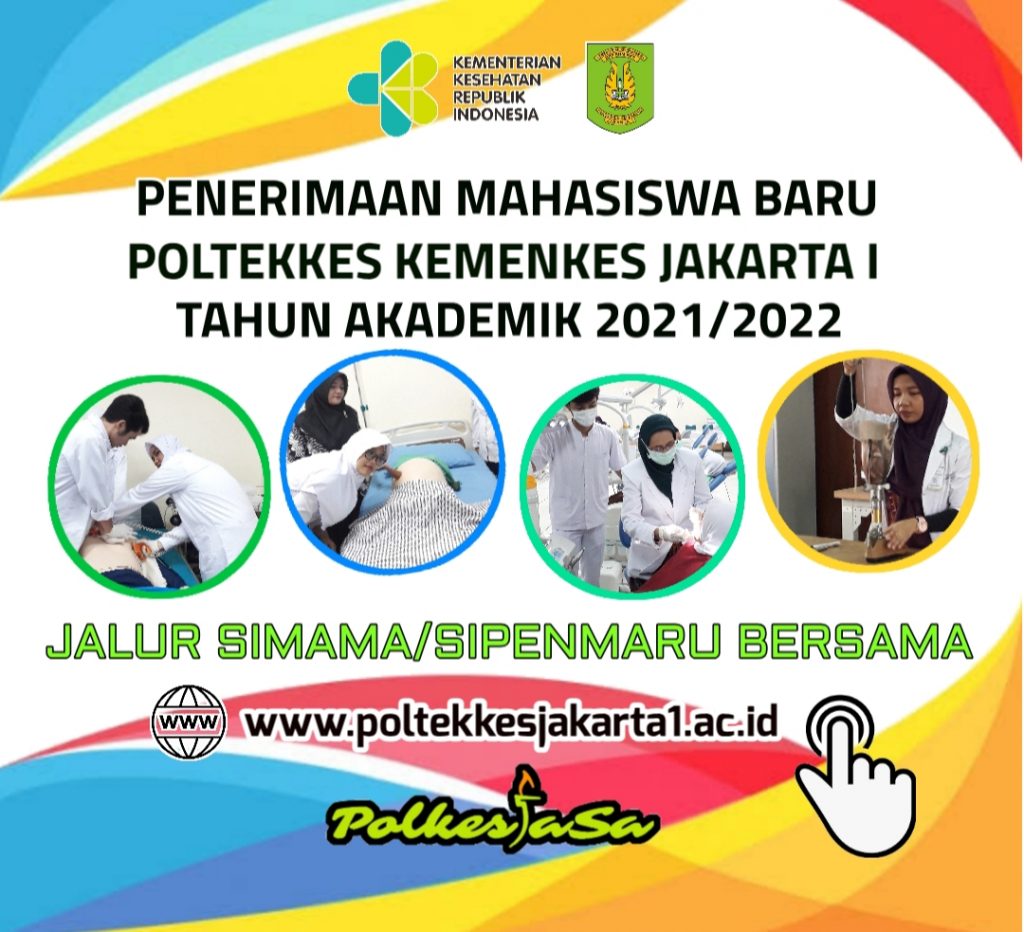
ANALISIS DAMPAK TINGKAT HUNIAN TERHADAP RENTABILITAS MODAL SENDIRI RUMAH SAKIT X
Abstrak
Sesuai dengan misi Kementerian Kesehatan yaitu meningkatkan derajat kesehatan masyarakat melalui pemberdayaan masyarakat termasuk swasta dan masyarakat madani, maka peran rumah sakit swasta terutama menjadi semakin diperlukan. Data rumah sakit online pada 16 Juni 2014 berjumlah 2322 dimana rumah sakit umum berjumlah 1775 (76,44 %) dari total rumah sakit diseluruh Indonesia . Sedangkan rumah sakit umum swasta berjumlah 433 yaitu sebesar 24,39 % dari jumlah rumah sakit umum yang ada .Agar rumah sakit swasta bisa mandiri, maka harus dapat meningkatkan pendapatan tanpa melupakan faktor sosial rumah sakit sehingga laba bersihnya dapat digunakan untuk pengembangan dan peningkatan mutu rumah sakit. Rawat inap sebagai salah satu usaha pokok rumah sakit merupakan penyumbang terbesar untuk pendapatan. Pada penilaian kinerja keuangan rumah sakit setiap tahun dilakukan analisa anatara lain ratio likuiditas, solvabilitas, aktivitas dan profitabilitas. Pada rasio profitabilitas antara lain diukur rentabilitas modal sendiri yaitu mengukur rasio berapa laba setelah pajak yang dihasilkan berbanding dengan modal yang telah dikeluarkan pada tahun tersebut. Dampak pendapatan tingkat hunian rumah sakit sebagai usaha pokok Unit Rawat Inap dalam memberikan pengaruh terhadap rentabilitas modal sendiri memberikan sifat yang berbeda. Tidak selamanya tingkat hunian memberikan dampak yang positif terhadap rentabilitas modal sendiri, melainkan adakalanya tergantung komposisi dan kondisi keuangan rumah sakit tersebut .Untuk mengetahui gambaran yang lebih jelas, maka penulis mengadakan penelitian di Rumah Sakit X dan hasilnya pada tahun 1997 tingkat hunian mencapai 65,84%, kemudian pada tahun 1998 dimana Indonesia terjadi krisis ekonomi menurun menjadi 61,44% yaitu menurun sebesar 4,4 %. Pada tahun 1999 naik menjadi 63,65% dan pada tahun 2000 naik menjadi 64,81%. Tingkat hunian ini dianggap bailk bila dilihat dari standar Kementerian Kesehatan yaitu antara 60- 85%,tetapi dari analisa grafik Barber Johnson belum efisien. Perkembangan r entabilitas modal sendiri mengalami peningkatan dari tahun 1997 sebesar 8,66% menjadi 19,16% pada tahun 1998. atau naik sebesar 10,5% disusul penurunan pada tahun 1999 menjadi 18,09% dan pada tahun 2000 menurun kembali menjadi 16,8%. Berdasar perhitungan koefisien korelasi antara tingkat hunian dan rentabilitas modal sendiri menunjukan bahwa koefisien korelasi ( r ) -0,82 berarti terdapat hubungan yang negatif dan kuat antara tingkat hunian dengan rentabilitas modal sendiri, sehingga kenaikan/penurunan tingkat hunian akan diikuti penurunan/kenaikan pada rentabilitas modal sendiri .Hal initidak sesuai dengan teori bahwa bila penjualan meningkat akan berdampak terhadap peningkatan laba,karena di RS X terjadi penurunan tingkat hunian (BOR) tetapi rentabilitas modal sendiri trendnya naik disebabkan oleh usaha lain-lain seperti bunga deposito yang tinggi dan pendapatan Farmasi yang meningkat. Padahal peningkatan Total asset turn over hanya meningkat rata-rata sebesar 0,21 kali. Pengaruh tingkat hunian terhadap rentabilitas modal sendiri Rumah Sakit X adalah 67%, berarti masih ada 33% variabel lain yang mempengaruhi rentabilitas modal sendiri. Rumah Sakit X sebagai rumah sakit swasta non profit dapat mandiri terlihat dari peningkatan profitabilitas terutama rentabilitas modal sendiri.
Abstrac
In accordance with the mission of the Ministry of Health to improve public health through community empowerment, including the private sector and civil society, the role of private hospitals become necessary. Data online hospital on June 16, 2014 amounted to 2322 where public hospitals amounted to 1775 (76.44 %) of the total hospitals throughout Indonesia. While private general hospitals totaling 433 is equal 24.39% of the existing public hospital. In order to be independent, the private hospital must be able to increase revenue without forgetting the social factors that hospital net income can be used for the development and improvement of the quality of services. Hospitalization as one of the principal hospital businesses is the largest contributor to revenue. For evaluate the performance of hospital financial every year has been analyze among other ratio of liquidity, solvency, activity and ratio among other profitability. On measurement the profitability of equity capital ratio which measures how much profit after tax generated is proportional to the capital that has been issued in the income. The impact of hospital occupancy rate as the main business inpatient unit, is giving the effect to its own capital profitability. Not always the occupancy rates have a positive impact on the profitability of own capital, but sometimes depending on the composition and the financial condition of the hospital. For a clearly perspective, the authors conducted research at the Hospital of the X and the result in 1997 the occupancy rate reached 65.84 %, and in 1998, in which the Indonesian economic crisis decreased to 61.44% which decreased by 4.4% .In 1999 rose to 63.65% and in 2000 rose to 64.81% occupancy. The level is considered when viewed from the Ministry of Health standard is between 60 to 85%, but of extensive analyzing graphs Barber Johnson yet efficient growth own capital profitability has increased from 1997 by 8.66% to 19.16% in 1998 rose by 10.5. Or % followed by a decrease in 1999 to 18.09% in 2000 and decreased again to 16.8%. According the calculation of correlation coefficients between occupancy rates and profitability of own capital shows that the correlation coefficient (r) -0.82 means that there is a negative relationship and strong between the occupancy rate of return of capital itself, so that the increase / decrease in occupancy rates will be followed by a decrease / increase in equity earnings. It is not accordance with the theory that if sales increase will have an impact on the increase in profit, as a decline in hospital occupancy rate X (BOR) own capital profitability trend but rose caused by other businesses such as deposit rates are high and rising income Pharmacy. Where as increase in total asset turnover only an average of 0.21 times. Influence of occupancy rate of return on equity Hospital X is 67%, 33% means there are other variables that affect the profitability return on equity. The Hospital X as a non-profit private hospitals can be seen independently of the increase in profitability is mainly return in equity.




